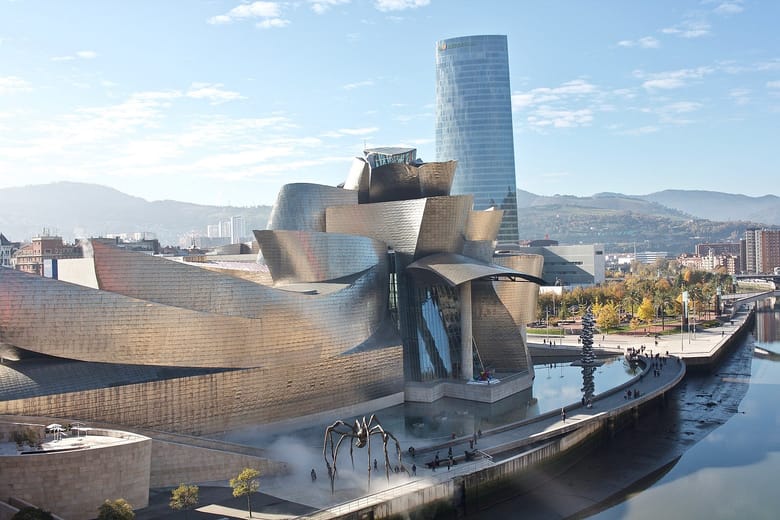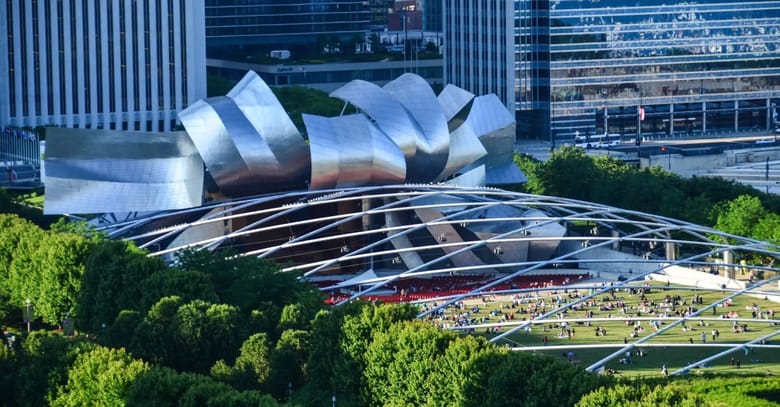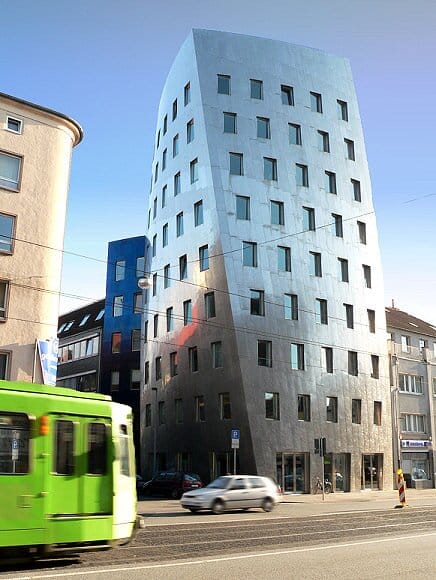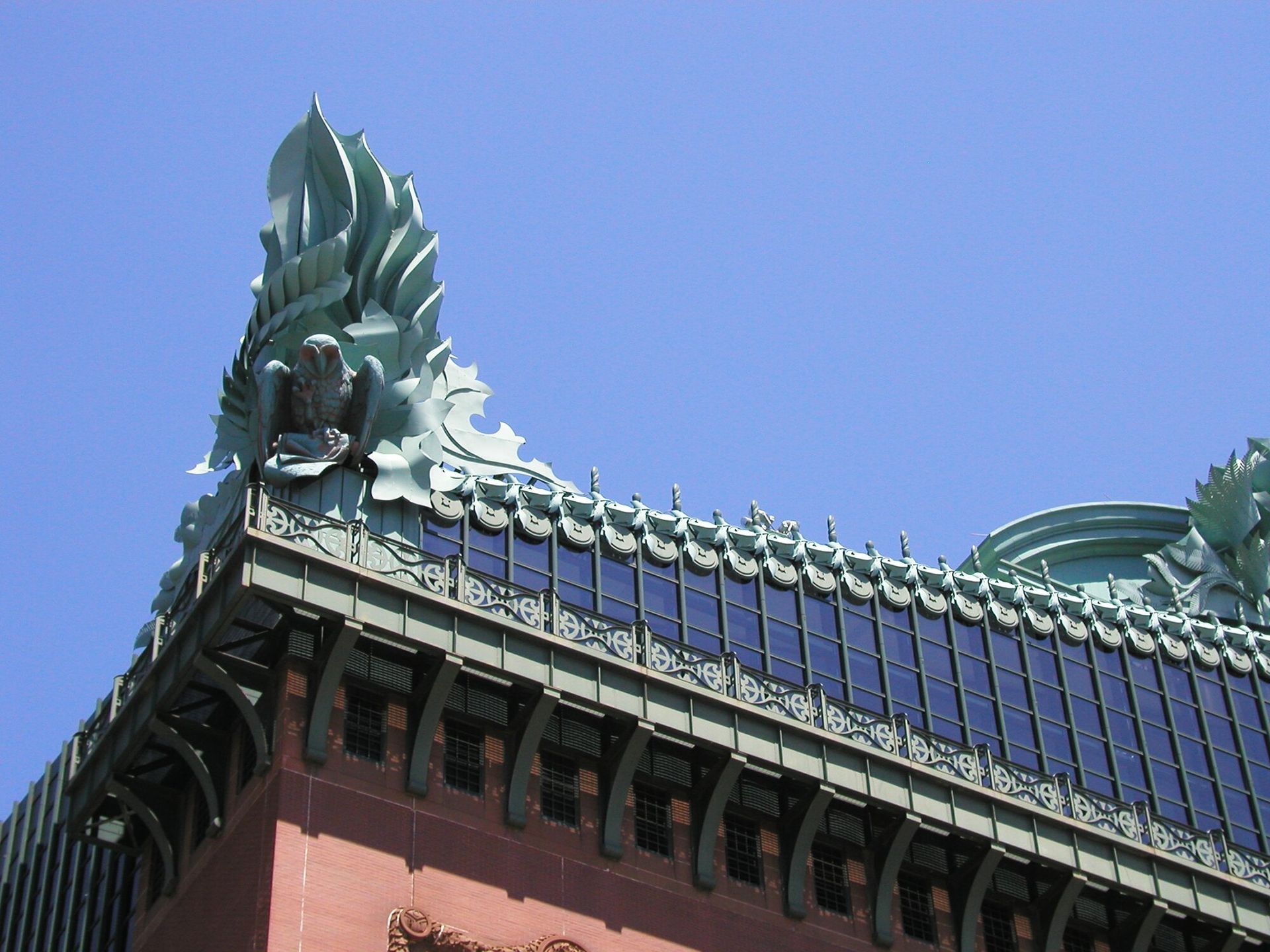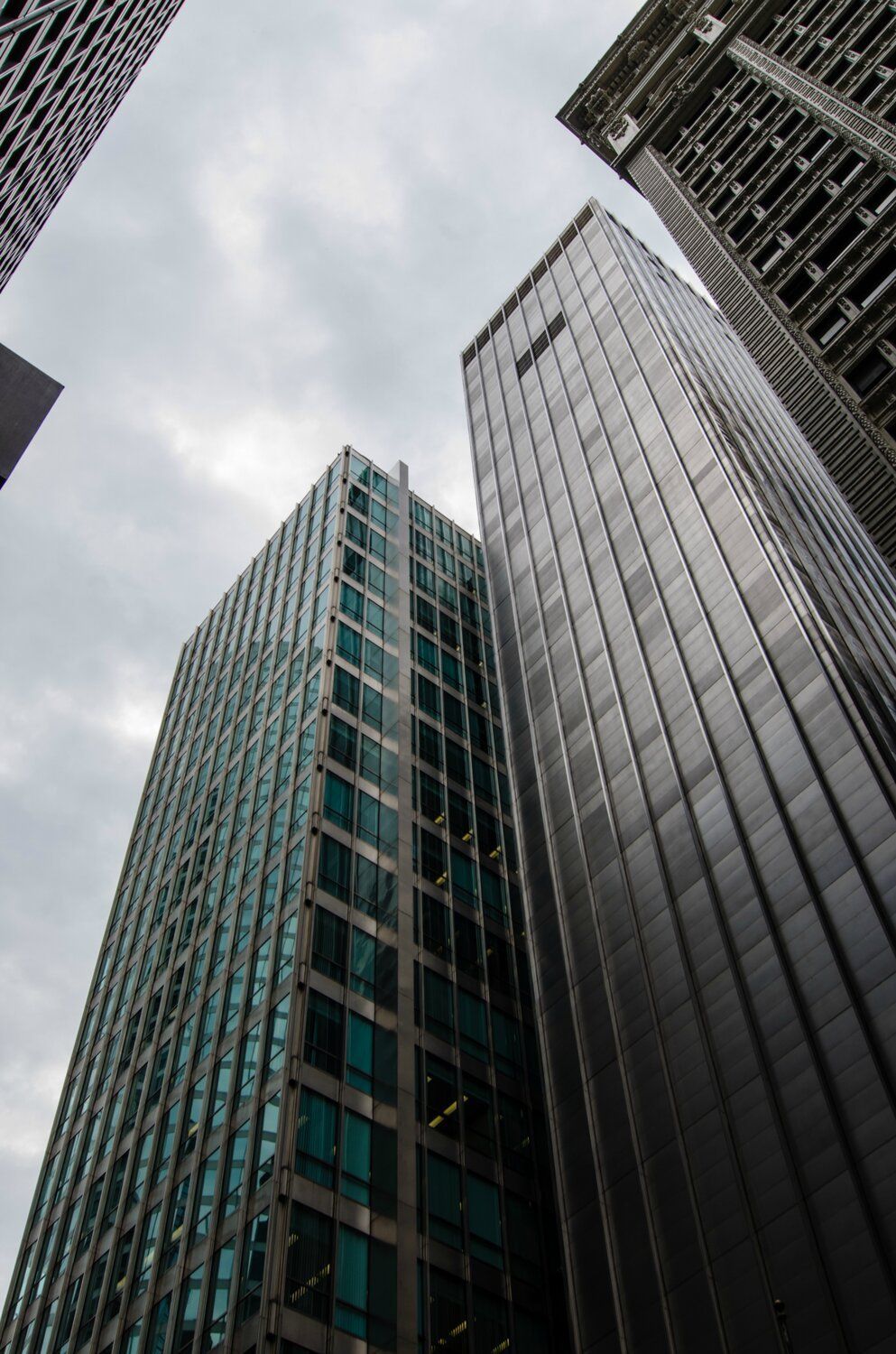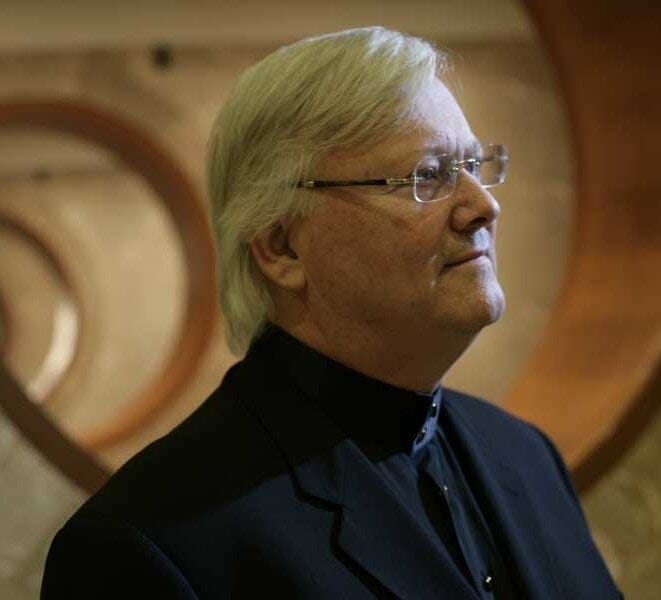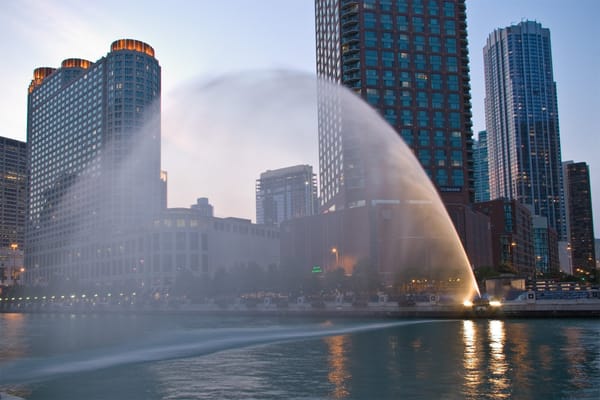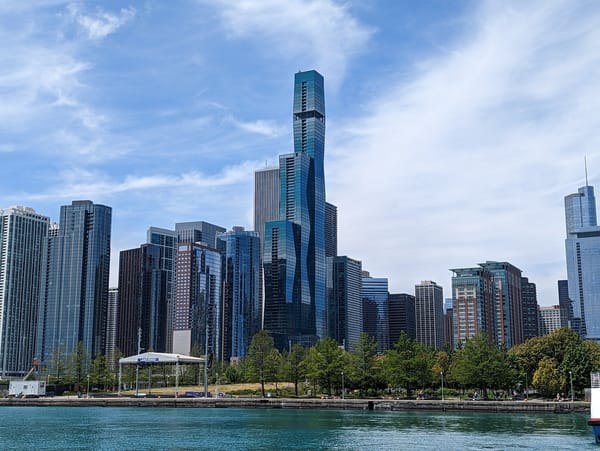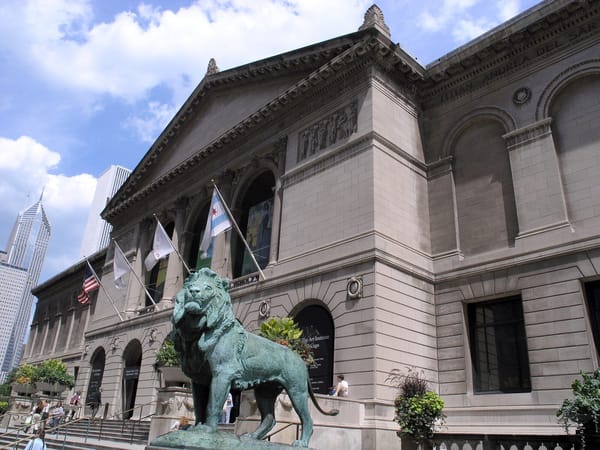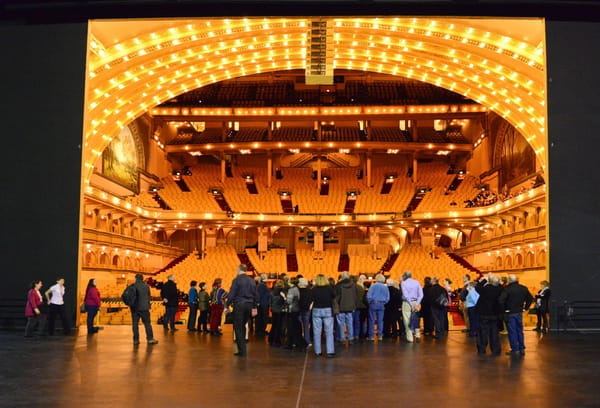Born Frank Owen Goldberg on February 28, 1929, in Toronto, Canada, Gehry moved to Los Angeles with his family in 1947 where he would attend the University of Southern California (USC) to study architecture. He later went to Harvard to study city planning. Following graduation, he worked for several firms in California and Paris before returning to Los Angeles where he opened his own firm, Frank O. Gehry & Associates in 1962 and its successor, Gehry Partners in 2002.
One of Gehry’s early projects was his own Santa Monica residence (1978), a house made of chain-link fencing, plywood, and corrugated steel. The design signaled his break from traditional architecture, laying the foundation for his signature style which has since been coined deconstructivism—a movement that challenges conventional architectural principles like symmetry and predictability.
In 1989, Gehry’s Guggenheim Museum in Bilbao, Spain was completed, catapulting him into architectural stardom. Its titanium-clad forms shimmer in the light, appearing almost liquid-like. This innovative design revitalized the city of Bilbao, creating what is called the “Bilbao effect”, a phenomenon whereby cultural investment plus showy architecture boosts tourism, creating an economic uplift for cities down on their luck. In the first 12 months following the museum’s opening, an estimated $160 million was added to the local economy.
Following Bilbao, Gehry was in high demand by cities around the world eager to have their own Bilbao effect. This led to several commissions including the Gehry Tower in Germany (2001), the Walt Disney Hall in Los Angeles (2003), and the Louis Vuitton Foundation in Paris (2014).
In 2004, the Jay Pritzker Pavilion was completed in Chicago’s Millennium Park. This outdoor concert venue showcases Gehry’s signature curvilinear forms with an open-air steel lattice that rises like a billowing sail or wave over the stage. In creating the structure, Gehry carefully considered both the acoustics and the aesthetics. A state-of-the-art sound system allows concert-goers to enjoy high-quality sound anywhere in the park, while the suspended steel lattice provides uninterrupted sight lines from nearly all vantage points. The structure stands out as an architectural masterpiece highlighting the surrounding skyline.
Also completed in 2004, the BP Bridge connects Millennium Park and Maggie Daley Park, crossing over Columbus Drive. Known for its sleek, serpentine shape, the BP Bridge is clad in stainless steel shingles—a Gehry trademark—which reflect light and create a shimmering effect.
Beyond its aesthetic appeal, the bridge is designed with the user front-of-mind—it serves as both a noise barrier to block out traffic sounds and as an accessible path for pedestrians. Its smooth, curving form complements Pritzker Pavilion, tying together the park’s modern landscape while offering stunning views of the Chicago skyline and Lake Michigan.
Did you know?
In 2004, Gehry voiced himself on the children's TV show Arthur, where he helped Arthur and his friends design a new treehouse.
Did you know?
Gehry designed the trophy for the 2004 World Cup of Hockey.
Did you know?
Every project undertaken by Gehry Partners is designed personally and directly by Frank Gehry.
Did you know?
Before pursuing architecture seriously, Gehry was employed as a truck driver, radio announcer, and chemical engineer in addition to serving in the U.S. Army.
Did you know?
Gehry's use of corrugated steel, chain-link fencing, unpainted plywood, and other "everyday" materials was partly inspired by spending time at his grandfather's hardware store as a child.
Did you know?
Gehry was awarded the Pritzker Architecture Prize in 1989.
